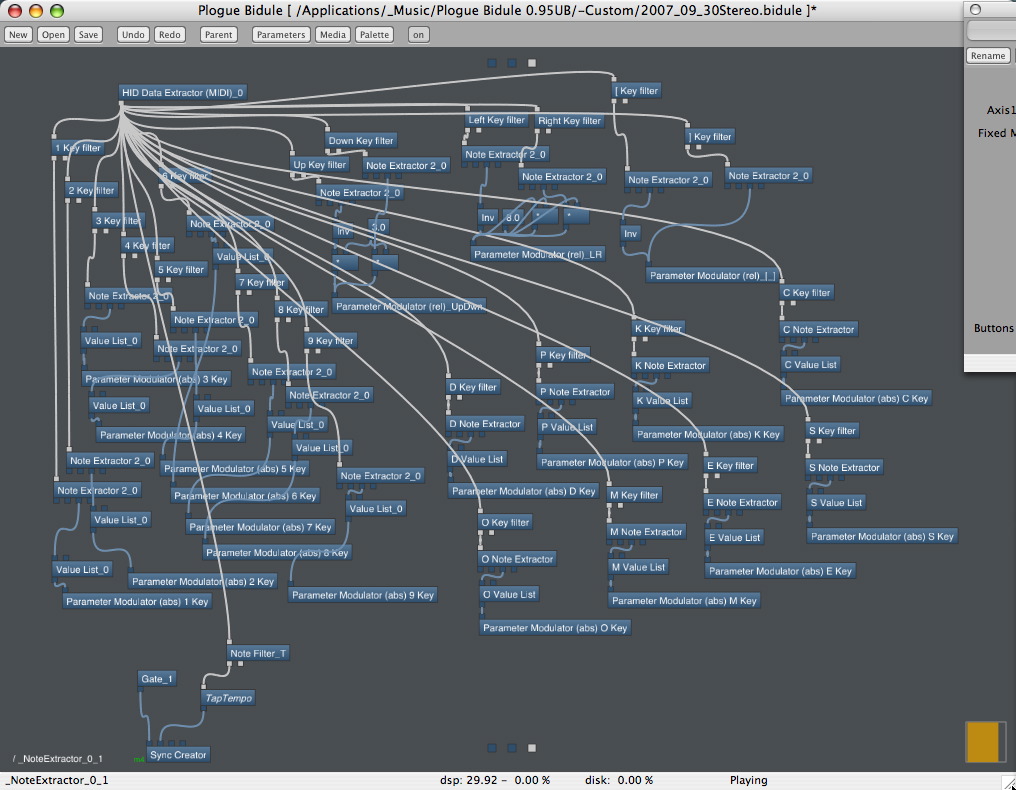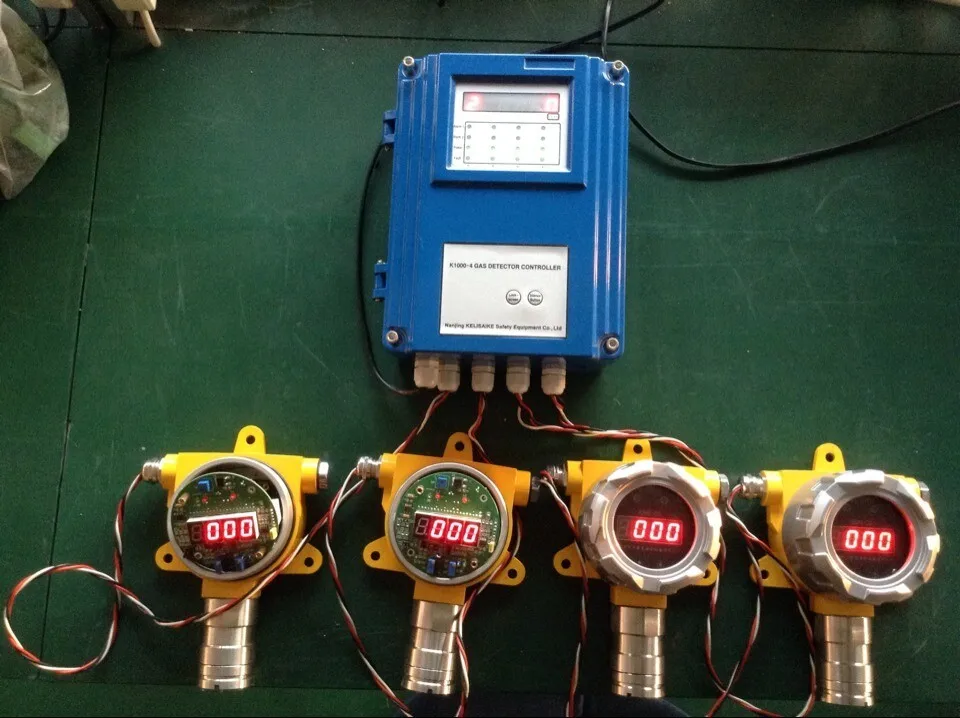
#Multichannel output plogue bidule full#
Given my application requiring sound quality, full bandwidth signal, and cost (many channels), what is a recommended solution (e.g., voltage divider, car audio transformers, etc.)? I am afraid that this may be one of those scenarios where tradeoffs exist (cost vs sq vs signal bandwidth) and one can only have two of three. That is problematic as my application will have significant bass signals and even subsonic signals down to 10 hz (will be routed to tactile transducers). It is my understanding (which is limited) that transformers have the disadvantage of decreasing low frequency output. In my application, there will be 40 signals, so cost is a factor and thus Jensen or equivalent transformers would be prohibitively expensive. My goal is to retain as much sound quality as is reasonable. The amplified signal is not from a powerful amplifier as it only outputs up to 3W output between 4 ohms and 32 ohms impedance. However, I have an application that is slightly unique (many signals, different step down levels, sound quality required, bass levels important). Or in short: You can use Falcon as a capable surround sampler and for basic panning of all it’s mono and stereo oscillators in the surround field, but it does not offer advanced capabilities for surround sound design or -mixing.There are quite a few threads/articles on this forum and elsewhere regarding stepping down amplified output signals to line level inputs. The only thing you can do is having the same program twice (or more often) and send each one to a dedicated out, then automate those accordingly… You can’t setup your own output scheme in the stereo version using multiple outputs, since each program can only go to one of those 17 outputs, the mixer also does not allow to send to other outputs.Surround works only on the main output, not on the 16 additional outputs you can use for programs.


Other VSTs offer more flexibility there (like different plugin versions for different channel modes) and I hope UVI will also evolve this part further. That has changed in the meantime though, you can now set a channel configuration manually like in the standalone version – but only one for all instances of Falcon.

The current documentation for Falcon (as of version 1.1.4) doesn’t even contain the word “surround” and only mentions things like “5.1” and “multi-channel” for the Gain Matrix effect. It was one of of the things that I looked forward to, since I enjoy surround sound a lot and from that blurb expected rather deep surround support, something most instruments are lacking today.

Whatever project requirements you encounter, rest assured Falcon can handle it. Native support for channel configurations from Mono to 10.2 and sample rates to 192 kHz and beyond.


 0 kommentar(er)
0 kommentar(er)
